Babies grow and change rapidly during their first few years of life, and as parents, we want to give them every opportunity to develop strong, healthy bodies. Physical activity is a critical part of this process. Engaging your baby in fun, age-appropriate exercises and play can help strengthen their muscles, improve coordination, and lay the foundation for healthy physical habits that will last a lifetime. In this blog, we’ll explore various activities and exercises you can do with your baby, organized by age, to encourage healthy development.
1. Why Physical Activity Is Important for Babies
Physical activity is just as important for babies as it is for older children and adults. Even though your baby is still small and may not seem capable of much physical exertion, they are constantly developing their motor skills, muscles, and bones. The benefits of encouraging physical activity from an early age include:
-
Improved motor skills: As your baby practices moving their body in new ways, they develop both fine and gross motor skills. Fine motor skills involve small movements, like grasping objects with their fingers, while gross motor skills involve larger movements, like crawling and walking.
-
Stronger muscles and bones: Just like adults, babies need physical activity to build strong muscles and bones. Activities like tummy time, crawling, and reaching for objects help your baby develop strength that will support them as they learn to sit, stand, and eventually walk.
-
Cognitive development: Physical activity is also linked to brain development. As babies move and explore their environment, they’re constantly learning new things, which stimulates cognitive growth. Problem-solving, spatial awareness, and even language development can be enhanced through physical play.
-
Healthy habits for life: Encouraging physical activity early helps your baby develop a love for movement and play, laying the foundation for a healthy, active lifestyle as they grow older.
Now that we understand why physical activity is so important, let’s look at specific activities that are beneficial for babies at different stages of development.
2. Physical Activities for Babies by Age
0-3 Months: Tummy Time and Gentle Movements
During the first few months of life, your baby is still getting used to the world around them. Most of their time will be spent eating, sleeping, and observing. However, even at this young age, you can start introducing gentle physical activities to help with muscle development.
-
Tummy Time: One of the most important activities for newborns is tummy time. This simple exercise involves placing your baby on their tummy while they’re awake and supervised. Tummy time helps strengthen your baby’s neck, shoulder, and arm muscles, which are essential for lifting their head, rolling over, and eventually crawling. Start with short sessions (just a few minutes at a time) and gradually increase the duration as your baby gets stronger. Make tummy time fun by using toys or mirrors to keep your baby engaged.
-
Leg and Arm Movements: Gently moving your baby’s arms and legs in a bicycling motion or helping them “kick” their legs can improve flexibility and muscle tone. This can also be a fun bonding activity during diaper changes or bath time.
-
Tracking Objects: Help your baby develop eye-hand coordination by moving a brightly colored toy or object slowly from side to side in front of them. As they follow the object with their eyes, they’re practicing important visual and cognitive skills.
3-6 Months: Reaching, Rolling, and Grasping
At this stage, your baby will become more active and curious about the world around them. They may start to reach for objects, roll over, and develop better control of their head and neck.
-
Encourage Reaching and Grasping: Place toys just out of your baby’s reach to encourage them to stretch and grab. Soft, lightweight toys that are easy to grasp are ideal for this age. Reaching helps strengthen their arm muscles and improves hand-eye coordination.
-
Rolling Practice: Many babies start to roll over from their tummy to their back around 4 to 6 months. You can encourage this movement by placing toys or other interesting objects slightly to the side of your baby during tummy time. Rolling helps develop core muscles and improves balance.
-
Sit-up Practice: While your baby may not be able to sit up on their own yet, you can help them practice by gently supporting their back and letting them sit in your lap. This helps strengthen their core and prepares them for independent sitting.
6-9 Months: Crawling and Standing
Between 6 and 9 months, many babies begin to crawl, sit independently, and may even start pulling themselves up to stand. This is a very active and exciting time!
-
Crawling Encouragement: Create a safe space where your baby can practice crawling. Place toys or objects of interest across the room to motivate them to move toward the items. Crawling is great for strengthening the arms, legs, and core, and it helps develop coordination between the hands and feet.
-
Pulling to Stand: If your baby is showing interest in standing, you can help by placing sturdy objects (like a low table or sofa) that they can use for support. Encourage them to pull themselves up and stand, but always supervise closely to prevent falls.
-
Ball Play: Soft balls are great for this age group. Rolling a ball back and forth between you and your baby can improve their coordination and fine motor skills. It also introduces the concept of cause and effect as they see the ball move when they push it.
9-12 Months: Walking and Advanced Motor Skills
As your baby approaches their first birthday, they may start to take their first steps. This is an incredibly exciting milestone, and there are many activities you can do to support this stage of development.
-
Cruising: Many babies start by “cruising,” which means they walk while holding onto furniture for support. Create a baby-proofed space where they can practice cruising safely. You can also encourage them to move from one piece of furniture to another by placing toys at different spots.
-
First Steps: When your baby shows signs of wanting to walk, stand a short distance away and encourage them to come to you. Use plenty of positive reinforcement, and be patient—it can take time for babies to feel confident walking independently.
-
Obstacle Courses: Create a safe obstacle course using pillows, cushions, or soft toys that your baby can crawl over or around. This helps build balance and coordination while making physical activity fun.
3. Benefits of Sensory Play for Physical and Cognitive Development
In addition to more traditional physical activities, sensory play is an excellent way to stimulate your baby’s body and brain. Sensory play involves engaging your baby’s senses—touch, sight, hearing, taste, and smell—through activities like:
-
Sensory Bins: Fill a bin with safe, textured materials (such as soft fabrics, water, or baby-safe sand) and let your baby explore by touching and feeling. This helps develop fine motor skills and enhances sensory awareness.
-
Water Play: Supervised water play in a shallow basin or during bath time can be a fun way to engage your baby’s senses. Splashing water helps with hand-eye coordination and is also a soothing, calming activity.
-
Music and Movement: Play music and gently move your baby’s arms and legs to the beat. As they get older, they may start bouncing, clapping, or dancing along! Music and movement activities help with balance and rhythm and are a fun way to bond with your baby.
4. Setting the Stage for Long-Term Physical Health
By incorporating physical activity into your baby’s daily routine, you’re setting the stage for lifelong health and fitness. Here are some tips for fostering a love of movement from an early age:
-
Make It Fun: Babies are more likely to engage in physical activities when they’re having fun. Turn exercises into games, sing songs, and use toys to make movement enjoyable.
-
Follow Your Baby’s Lead: Every baby develops at their own pace, so it’s important to follow your baby’s cues and not rush them into activities they’re not ready for. If your baby is tired or frustrated, take a break and try again later.
-
Create a Safe Space: Ensure your home is baby-proofed and has plenty of space for your baby to move around freely. Remove any sharp or dangerous objects, and provide soft surfaces where your baby can practice crawling, rolling, and walking without risk.
-
Be a Role Model: Babies learn by watching their parents, so let them see you being active! Whether you’re stretching, dancing, or going for a walk, your baby will pick up on your enthusiasm for physical activity.
Conclusion
Supporting your baby’s physical development doesn’t have to be complicated—simple activities like tummy time, crawling, and reaching for toys can make a big difference. By encouraging your baby to move and explore the world around them, you’re helping them build strong muscles, improve coordination, and develop important motor skills. Remember, every baby is unique, so focus on making physical activity fun and engaging, and enjoy watching your little one grow stronger every day!
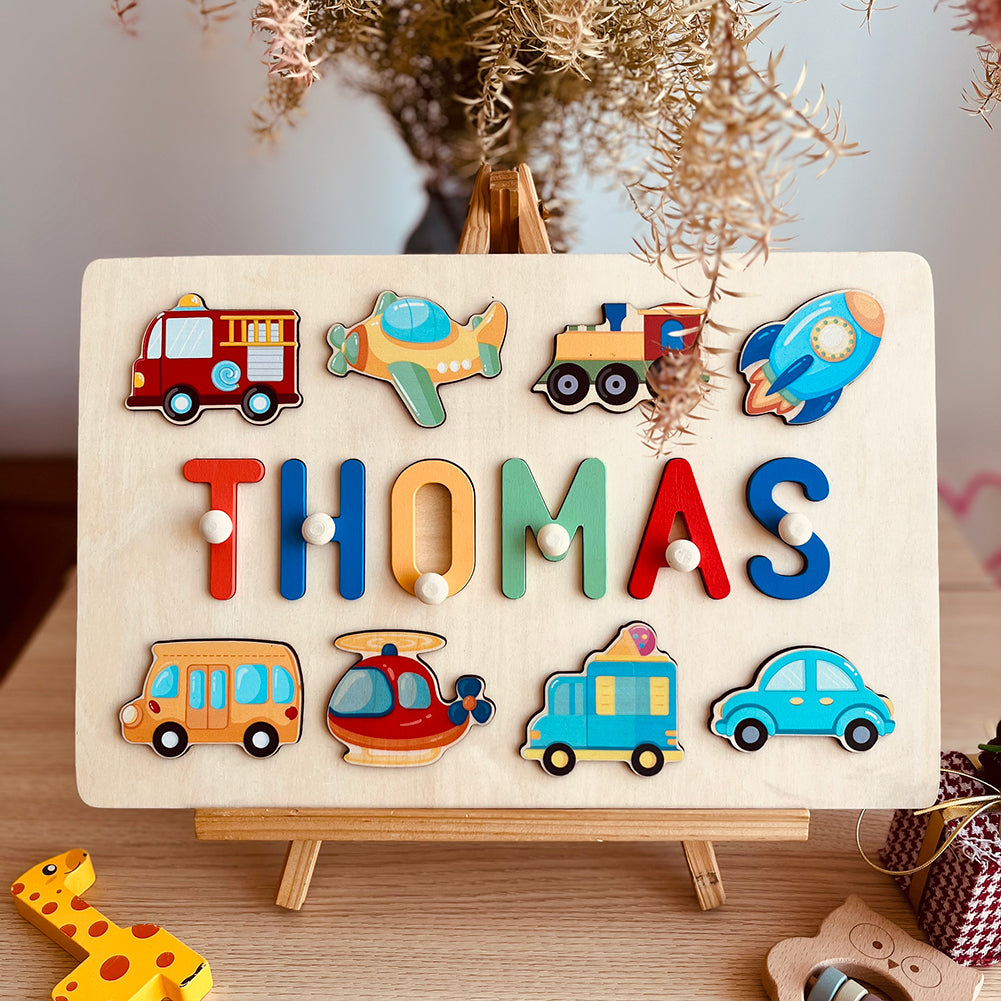
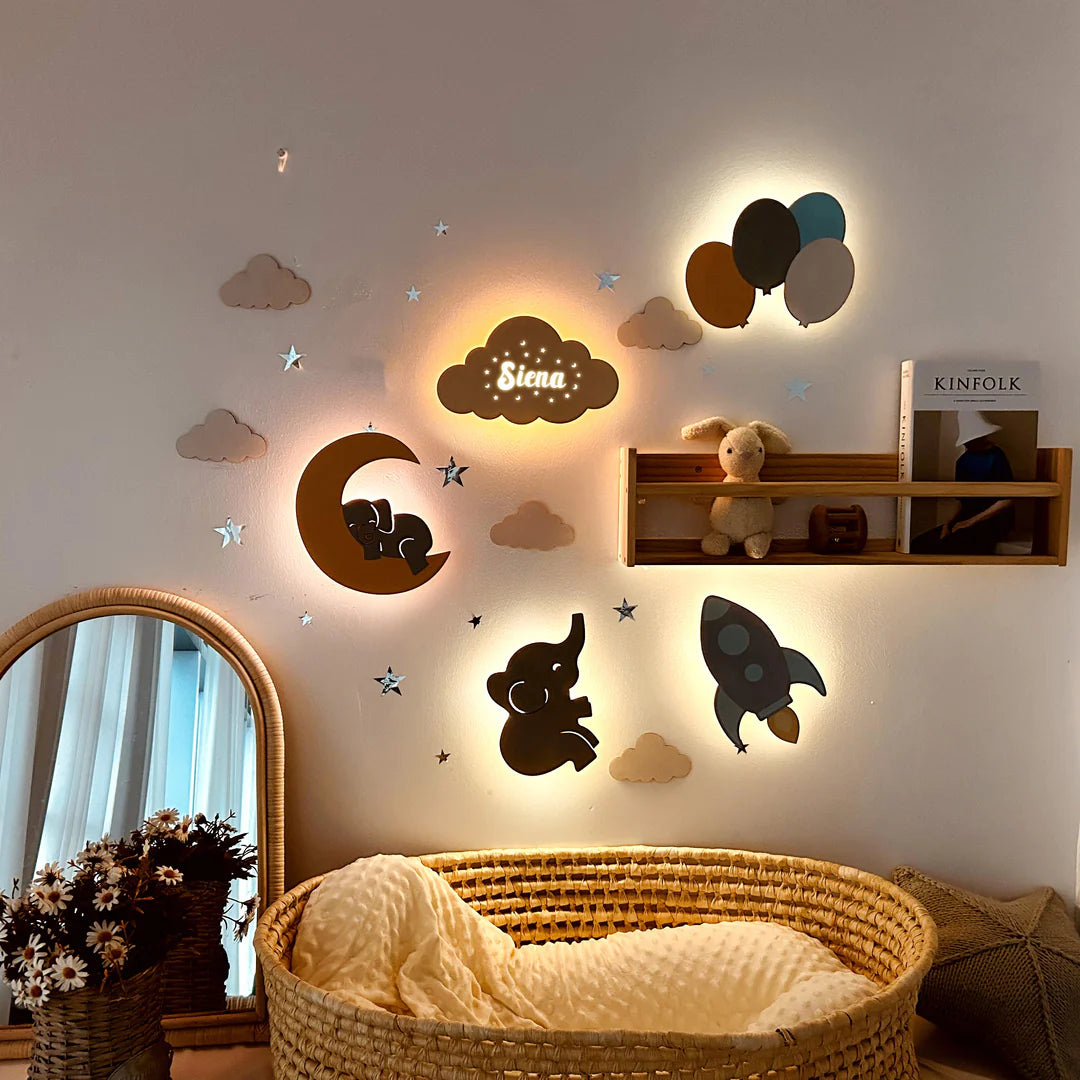
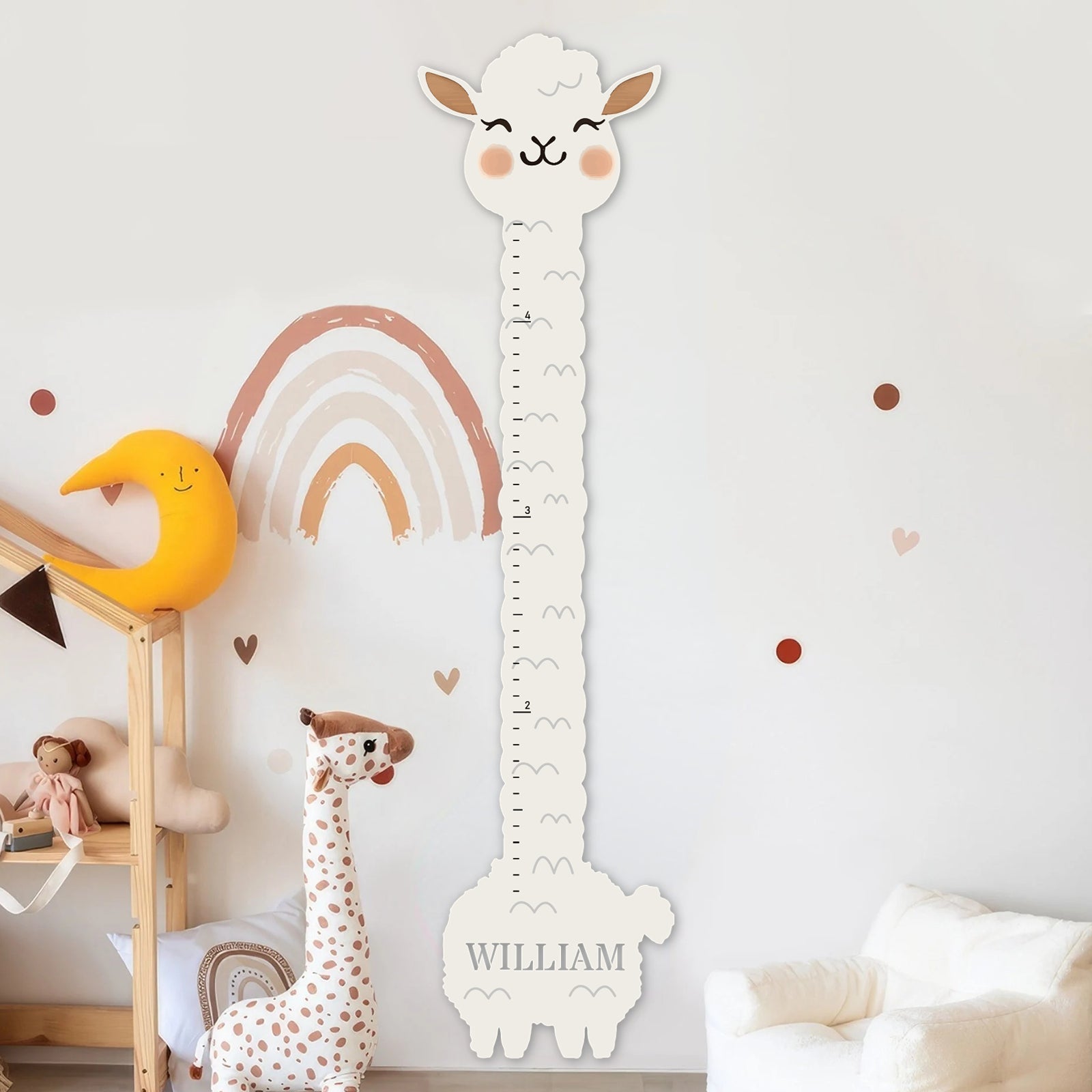

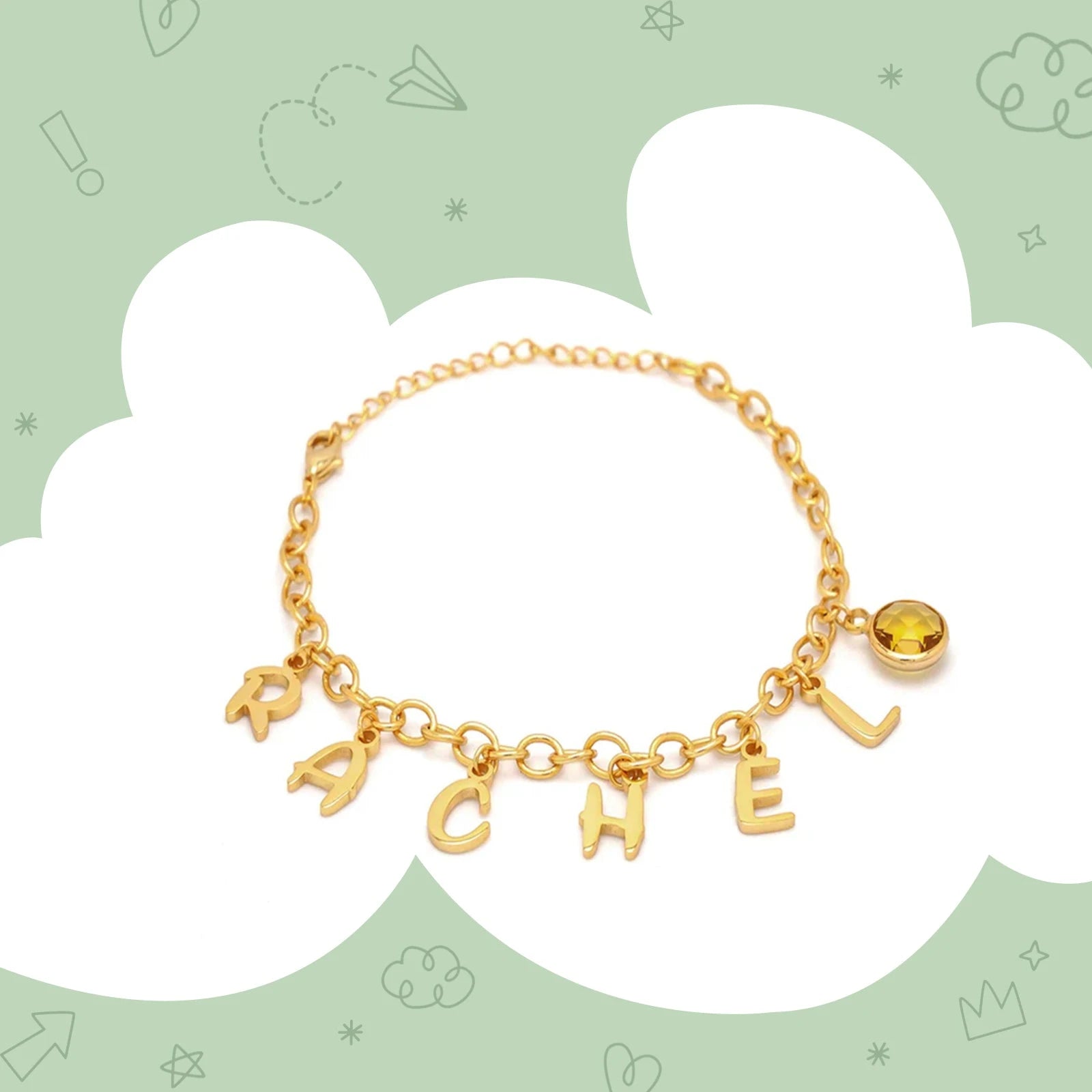
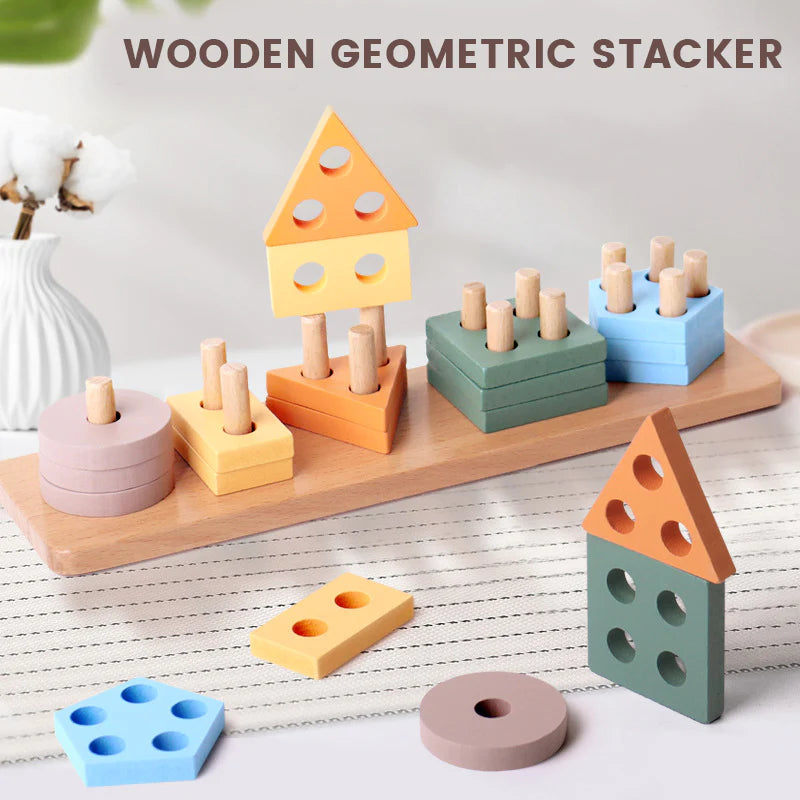



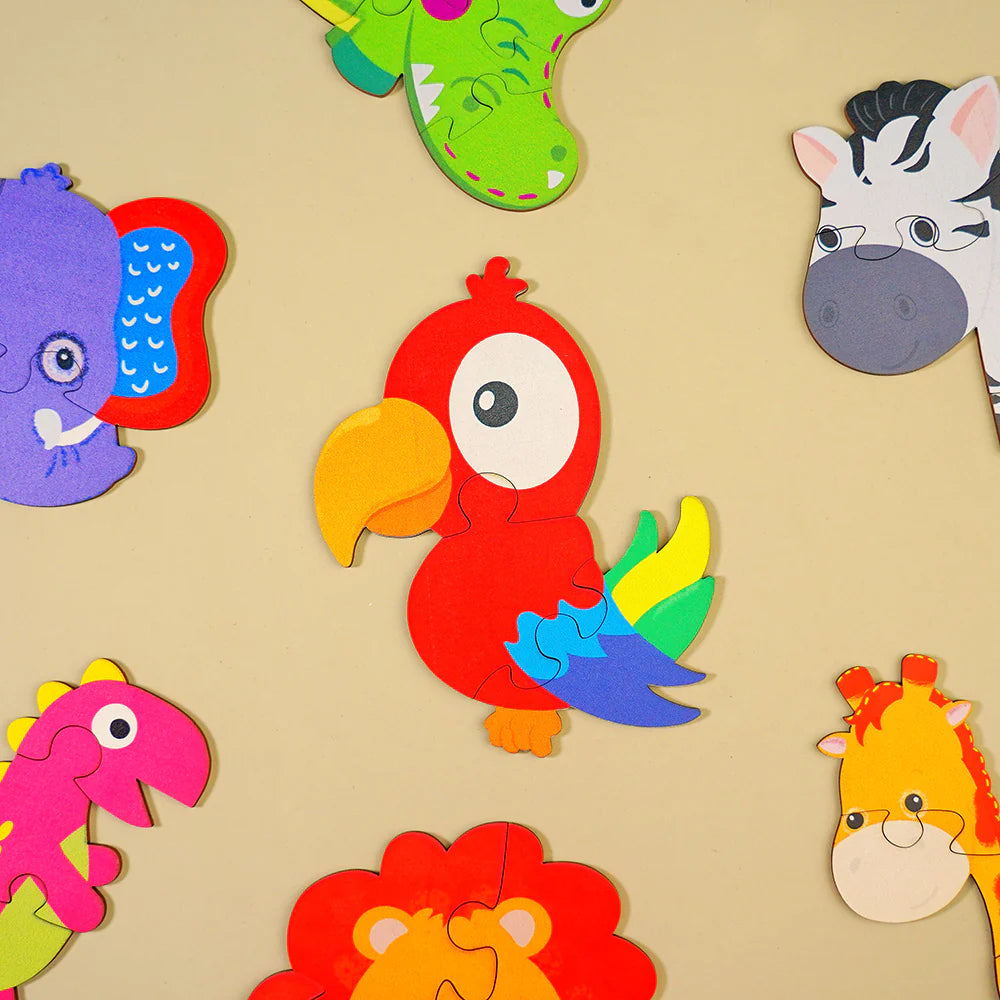
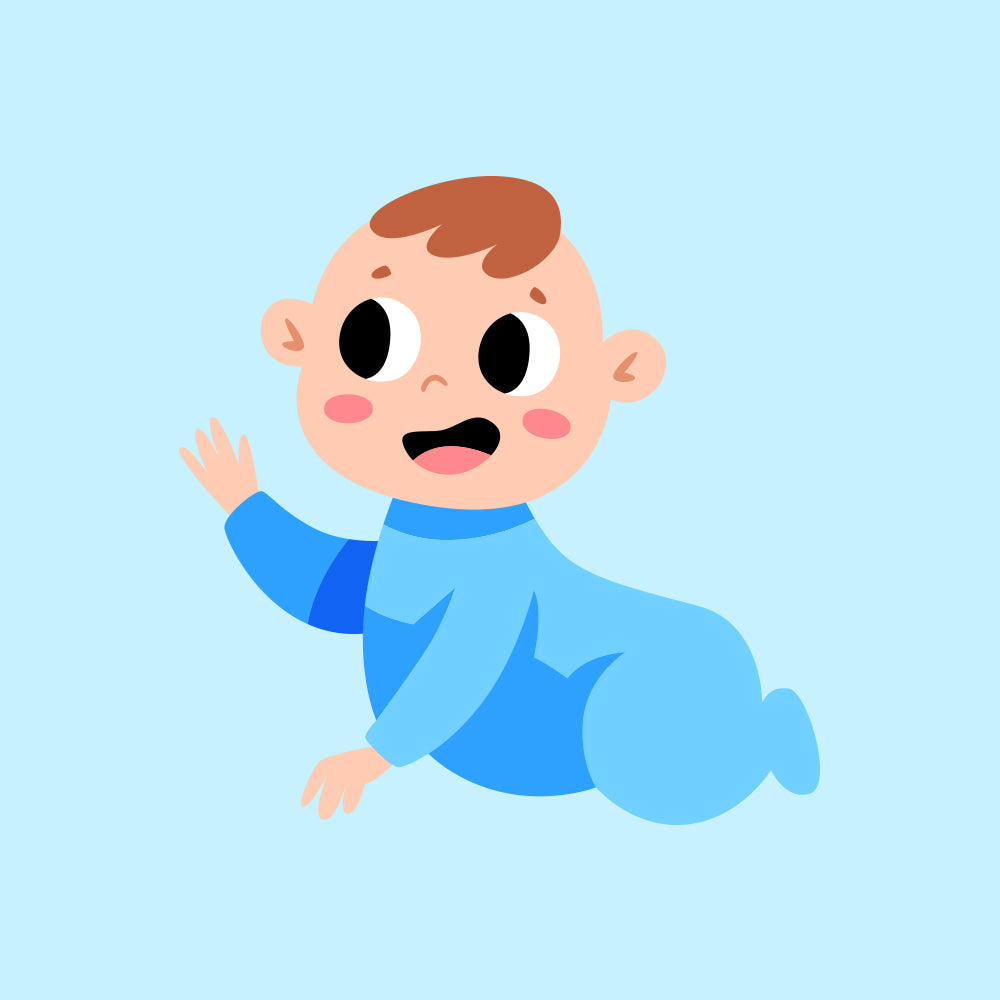
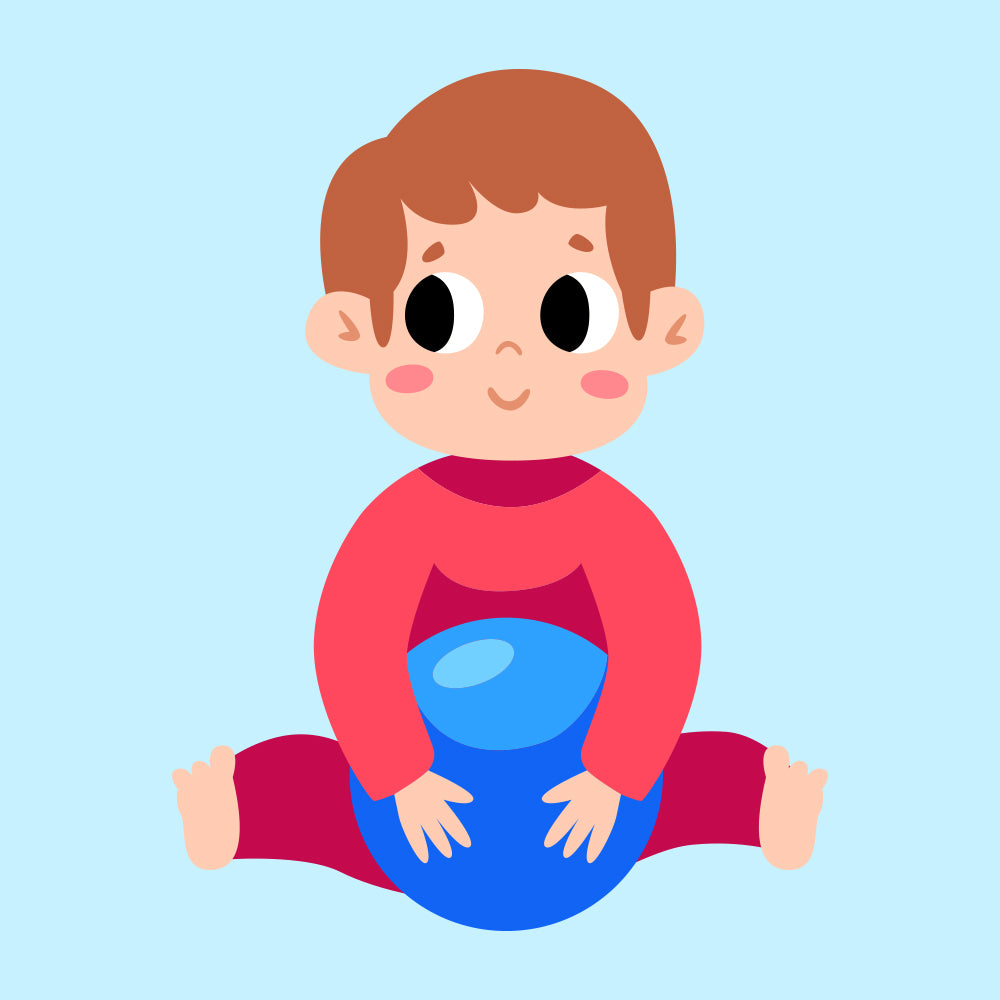
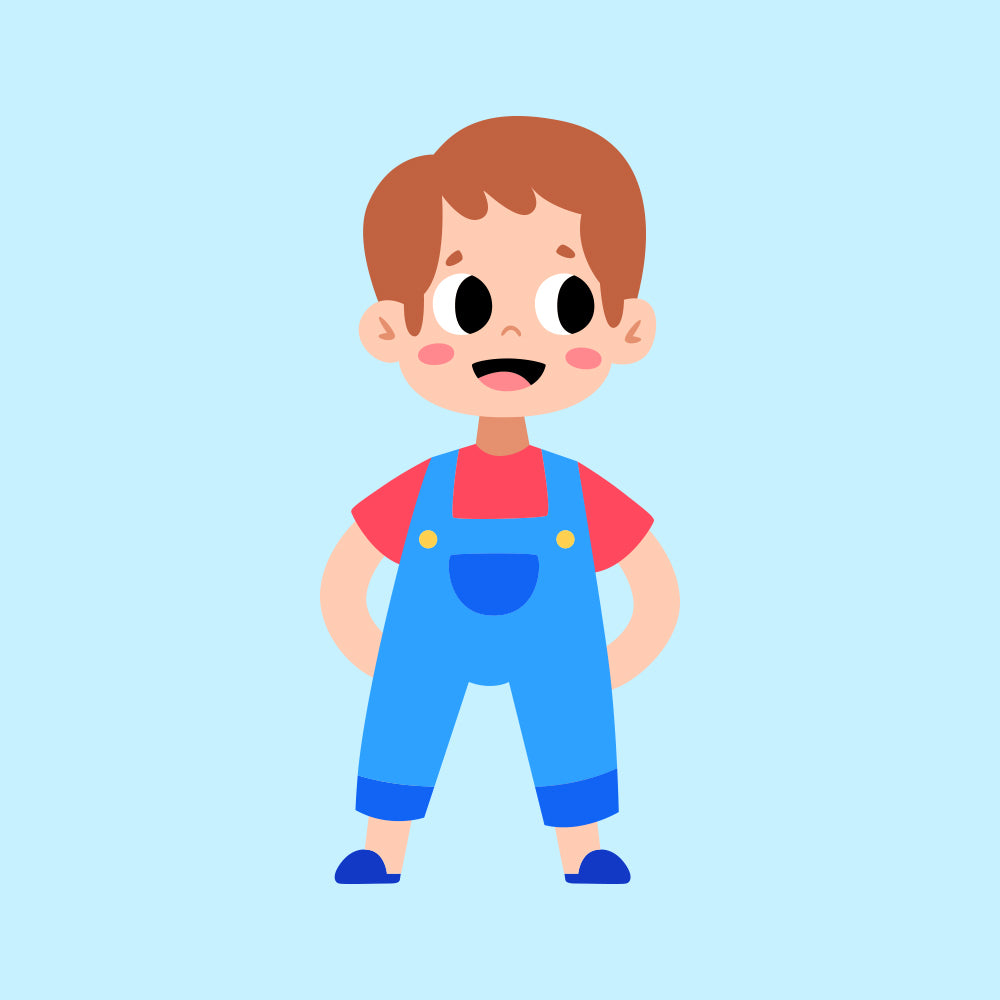
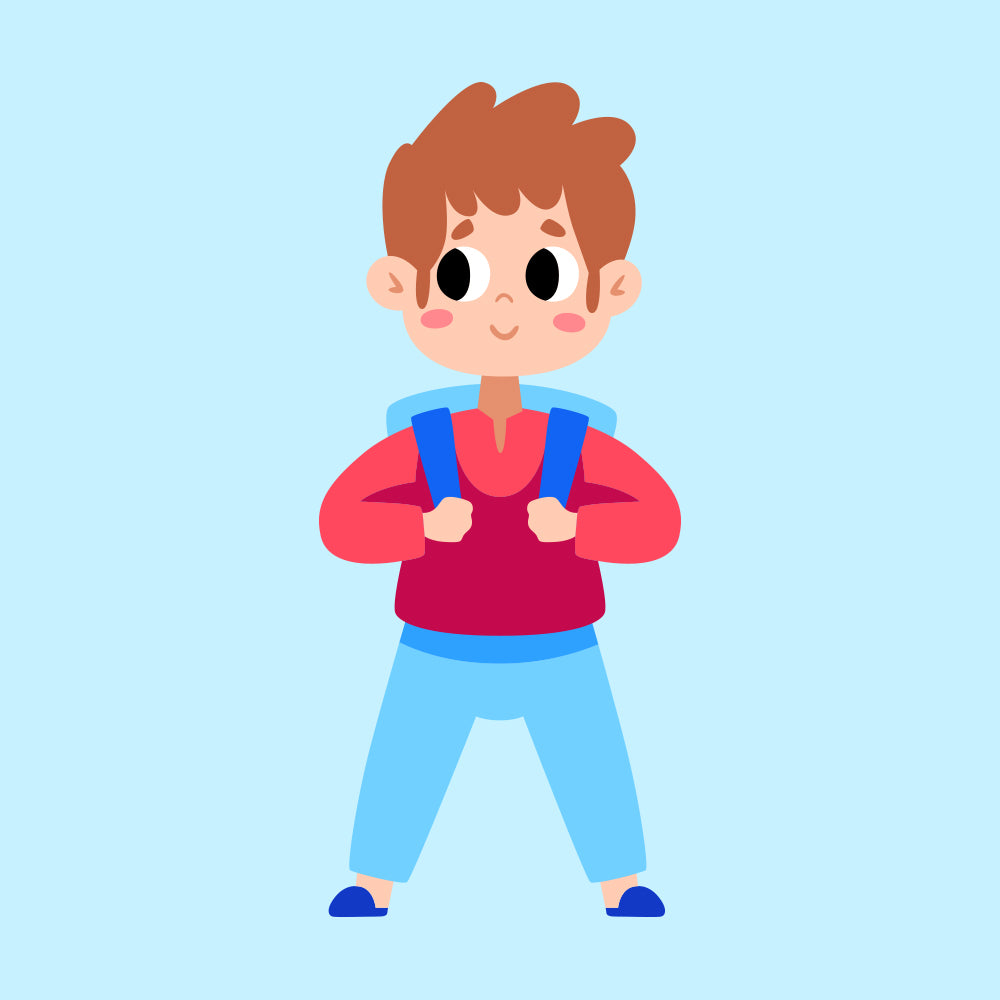


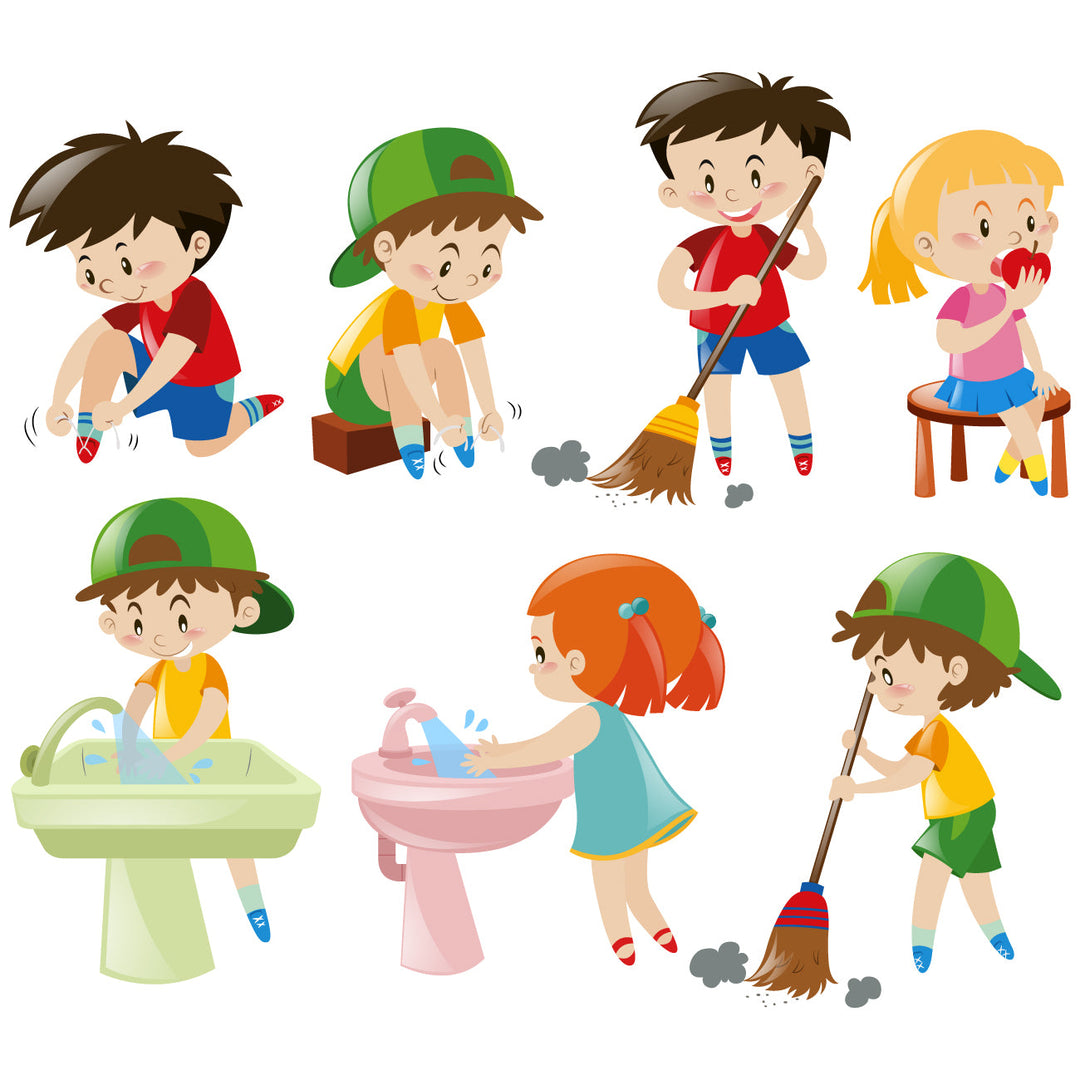



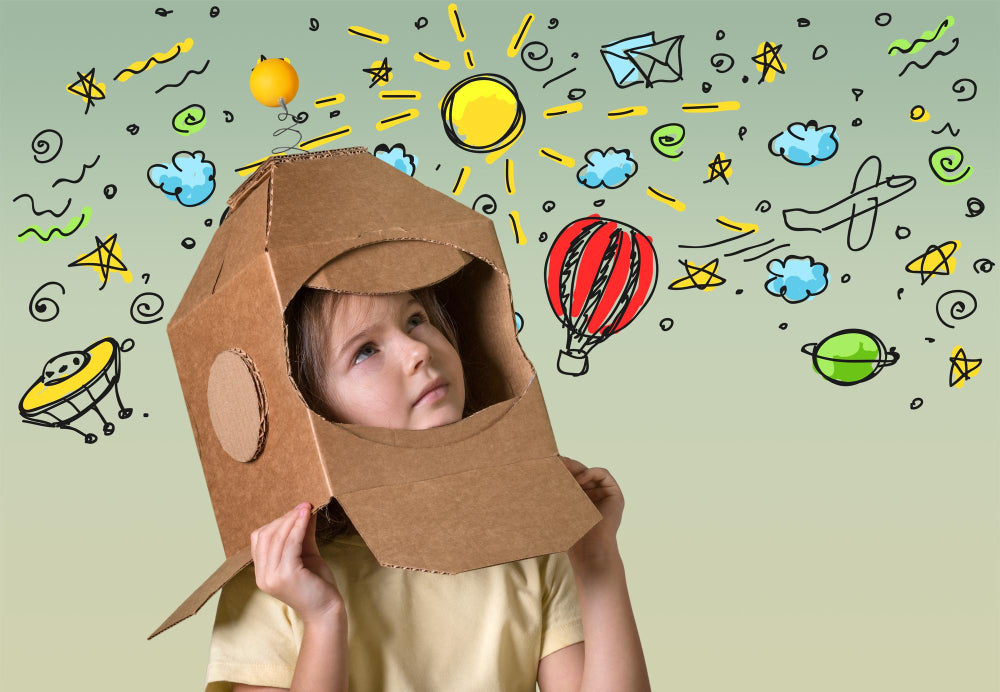
Leave a comment